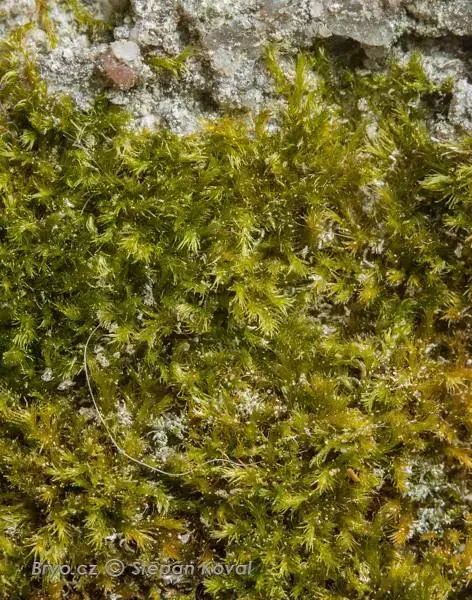
5856d54f21c593d9017a4c708465902e.jpg from: https://taieol.tw/muse/digi_object/944be5363af1050246cc941b5ca41998
Schlotheimia compacta: The Compact Moss of the Orthotrichaceae Family
Introduction
Schlotheimia compacta Müll.Hal., commonly known as Schlotheimia, is a fascinating species of moss belonging to the Orthotrichaceae family. This small but mighty bryophyte has captured the attention of enthusiasts and researchers alike due to its unique morphology and ecological adaptations. In this blog post, we’ll dive into the world of Schlotheimia compacta and explore what makes this moss so special.
Background
Mosses are non-vascular plants in the division Bryophyta. They lack true roots, stems, and leaves, instead having structures that serve similar functions. Mosses play important ecological roles, helping to retain moisture, prevent erosion, and provide habitat for tiny organisms. The Orthotrichaceae is a large family of mosses known for their small, compact growth form.

1721_Conardia_compacta_2008_08_15_img_1430.jpg from: https://www.bryo.cz/index.php?p=mechorosty_foto&site=default&gallery=conardia_compacta&id=1721
Morphology and Identification
Schlotheimia compacta is a small, densely tufted moss that forms compact cushions. Its leaves are ovate-lanceolate and have a strong midrib that extends to the leaf tip. The leaf margins are entire and the cells are rounded-quadrate. Schlotheimia produces

7037e79d418c961c5141889e083833ce.jpg from: https://taieol.tw/muse/digi_object/2355523fe7d6b11d4b7a8ac495911fd7
sporophytes (spore-producing structures) that are immersed to shortly exserted and have 8 furrows when dry. The peristome (ring of tooth-like structures around the capsule mouth) is double, with the exostome shorter than the endostome.
| Character | Description |
|---|---|
| Gametophyte | Small, densely tufted, forming compact cushions |
| Leaves | Ovate-lanceolate, strong midrib, entire margins, rounded-quadrate cells |
| Sporophyte | Immersed to shortly exserted, 8 furrows when dry |
| Peristome | Double, exostome shorter than endostome |
Global Distribution and Habitat
Schlotheimia compacta has a pantropical distribution, found in tropical regions around the world including Central and South America, Africa, and Asia. It typically grows as an epiphyte on tree bark and branches in humid montane forests at elevations of 500-3000 meters. The compact growth form helps the moss retain moisture in its microhabitat.
Ecological Roles and Adaptations
Like other mosses, Schlotheimia compacta plays an important role in its ecosystem. It helps to intercept and retain moisture from rain and fog, making this water available to itself and other organisms. The dense cushions also help to prevent soil erosion and provide shelter for invertebrates.
The small, compact growth form is an adaptation to the epiphytic lifestyle. By growing in dense clumps, Schlotheimia is able to efficiently capture and retain water from its environment. The thick cell walls and waxy cuticle also help to prevent water loss. The furrows in the capsule help with spore dispersal by allowing the capsule to expand and contract with changes in moisture.
Conclusion
Schlotheimia compacta may be small, but it is a true survivor, well-adapted to its epiphytic lifestyle in tropical montane forests. Its unique morphology and ecological roles make it a fascinating subject of study for bryologists and nature enthusiasts alike. The next time you’re in the tropics, take a closer look at the trees – you just might spot this marvelous moss! What other secrets do you think the miniature world of mosses holds?